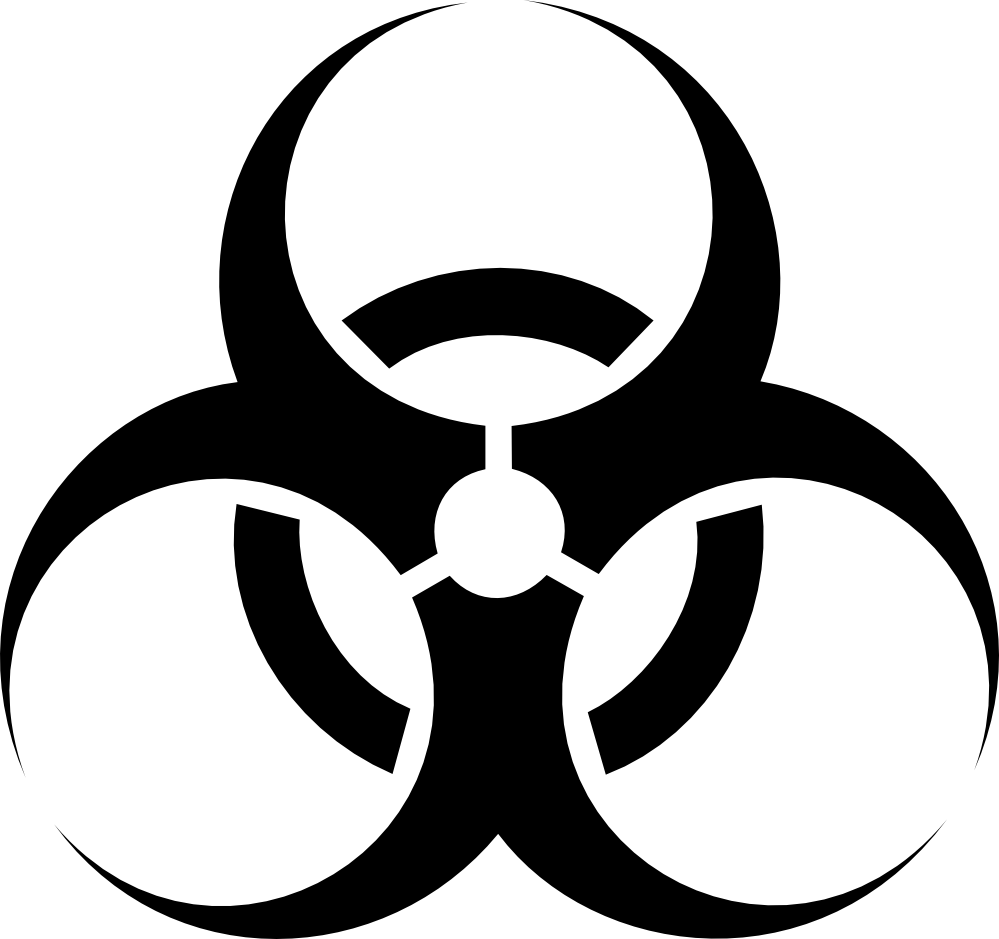Resources with keywords: transmission
This guidance produced by the ACDP TSE risk management subgroup aims to help minimise the risk of transmission of Creutzfeldt-Jakob disease (CJD) and variant Creutzfeldt-Jakob disease (vCJD) in healthcare and other work settings.
The following management plan will guide Texas Parks and Wildlife Department (TPWD) and Texas Animal Health Commission (TAHC) in addressing risks, developing management strategies, and protecting big game resources from chronic wasting disease (CWD) in captive and free-ranging cervid populations in the state of Texas.
On November 18, 2024, the U.S. Centers for Disease Control and Prevention (CDC) issued a Health Alert Network (HAN) Health Advisory about the first case of clade I mpox diagnosed in the United States.
Worldwide, there have been no reports of transmission of OROV by transfusion of blood or blood components. FDA will continue to monitor cases of OROV disease in the U.S. and worldwide and will issue updated information as it becomes available.
This article reviews the infection control guidance relative to iatrogenic transmission of CJD.
Puenpa J, Intharasongkroh D, Vongpunsawad S, et al.
In Thailand, platelet product from a blood donor was transfused to a recipient who had dengue. Two days later, the donor was confirmed to have monkeypox virus infection. Monkeypox virus DNA was undetectable in recipient specimens up to 2 weeks after transfusion. The recipient remained asymptomatic at 4 weeks of monitoring.
Halwe NJ, Hamberger L, Sehl-Ewert J, et al.
We show that bat H9N2 has high replication and transmission potential in ferrets, efficiently infects human lung explant cultures, and is able to evade antiviral inhibition by MxA in transgenic B6 mice. Together with its low antigenic similarity to the N2 of seasonal human strains, bat H9N2 fulfils key criteria for pre-pandemic IAVs.
Several countries from the southern hemisphere have been reporting an early start of the increase of acute respiratory infection during the recent 2023 season of circulation of respiratory viruses, suggesting a shift of seasonal pattern observed prior to the COVID-19 pandemic.
Chiumento G, Osinski A, DeVoe K, et al.


